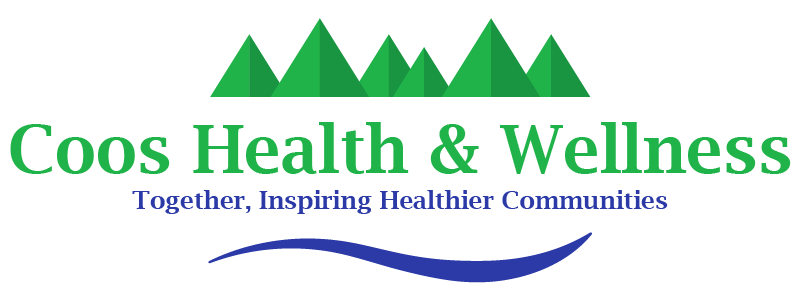Understanding the Period of PURPLE Crying & Preventing Shaken Baby Syndrome
Caring for a newborn is a rewarding yet challenging experience, especially when faced with prolonged crying. The National Center on Shaken Baby Syndrome (NCSBS) emphasizes that understanding infant crying patterns is crucial to preventing Shaken Baby Syndrome (SBS)—a severe and preventable form of child abuse.
What is the Period of PURPLE Crying?
The Period of PURPLE Crying is a normal developmental phase that occurs in infants, typically between 2 weeks and 3-4 months of age. It is characterized by:
- Peak of crying – Crying increases around 2 months and peaks before improving.
- Unexpected – Crying can come and go without a clear reason.
- Resists soothing – The baby may not stop crying no matter what parents try.
- Pain-like face – The baby may appear to be in pain, even if they are not.
- Long-lasting – Crying can last up to 5 hours a day or more.
- Evening – Crying often happens in the late afternoon or evening.
This phase can be exhausting for caregivers, but it is temporary and normal. Understanding that this is a developmental stage—not a sign of illness or bad parenting—helps parents cope and respond calmly.
What is Shaken Baby Syndrome (SBS)?
SBS occurs when an infant is violently shaken, leading to brain damage, blindness, seizures, paralysis, or even death. Babies have weak neck muscles and fragile brains, making them highly vulnerable to injury when shaken. According to the NCSBS, SBS is one of the leading causes of fatal head trauma in infants.
How to Prevent Shaken Baby Syndrome
- Stay calm – If your baby won’t stop crying, take deep breaths and remind yourself that crying is normal and will pass.
- Take a break – If feeling overwhelmed, place your baby safely in a crib and step away for a few minutes.
- Ask for help – Reach out to a partner, family member, or friend for support.
- Educate caregivers – Ensure that babysitters, family members, and caregivers understand the dangers of shaking and how to manage their frustration.
Crying is tough, but patience and support can prevent a tragedy. Never shake a baby—walk away, take a breath, and seek help if needed.
To find additional information related to our Public Health Department please go to the Coos Health & Wellness website or call 541-266-6700
